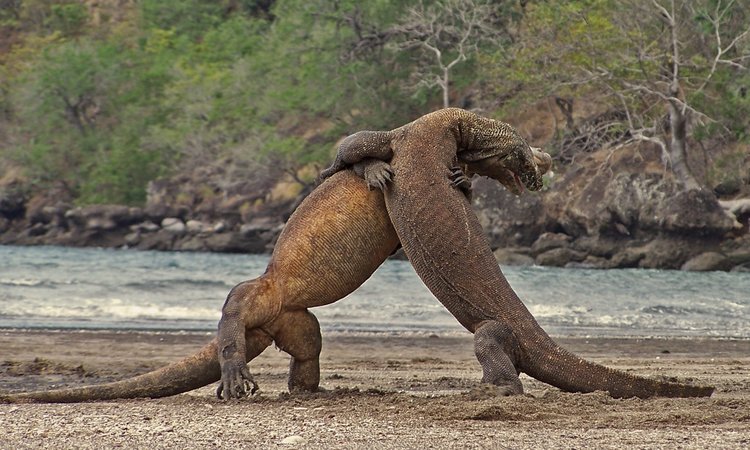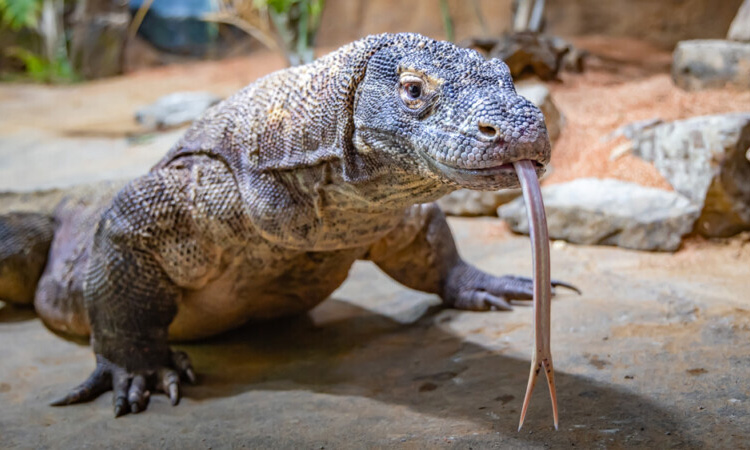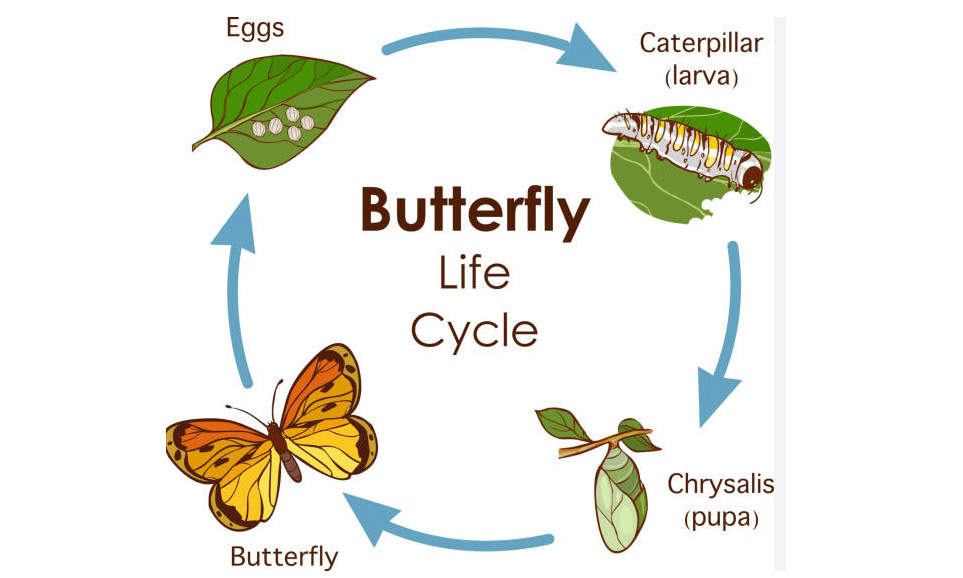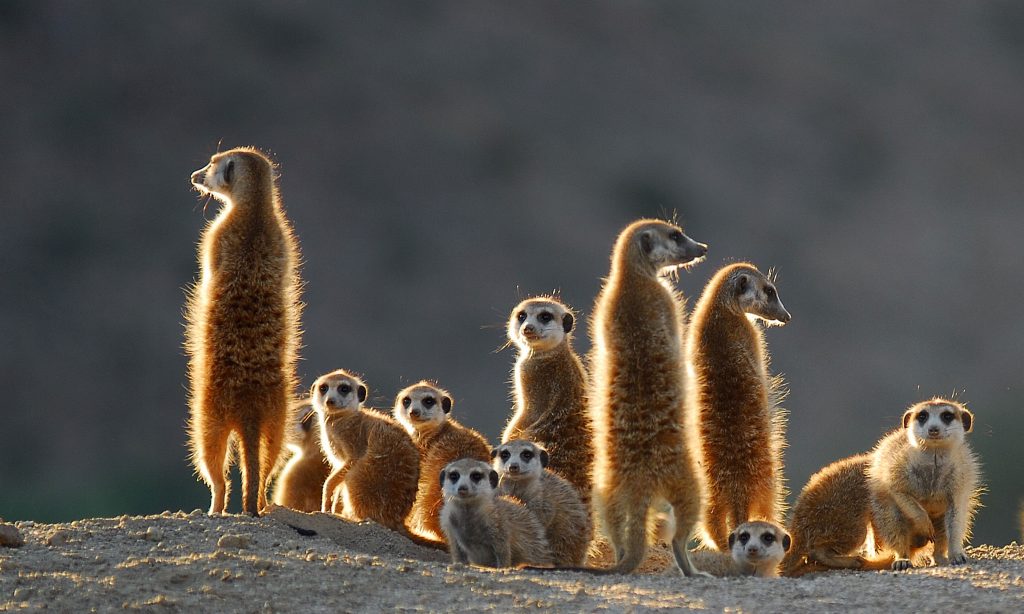The humpback whale, scientifically known as Megaptera novaeangliae, is one of the most majestic creatures to grace the world’s oceans. From its distinctive hump and long pectoral fins to its enchanting songs, this magnificent marine mammal captivates the imagination of people worldwide.
Physical Characteristics
With its massive size and unique features, the humpback whale is instantly recognizable. These gentle giants can reach lengths of up to 50 feet and weigh as much as 40 tons. Their iconic hump, which gives them their name, sits prominently on their backs, while their long, graceful pectoral fins set them apart from other whale species.
Migration Pattern
s Humpback whales are renowned for their remarkable migratory behavior. Every year, they embark on epic journeys spanning thousands of miles, traveling from their feeding grounds in colder waters to warmer breeding grounds in tropical regions. This annual migration is one of the longest of any mammal and provides researchers with invaluable insights into their behavior and biology.
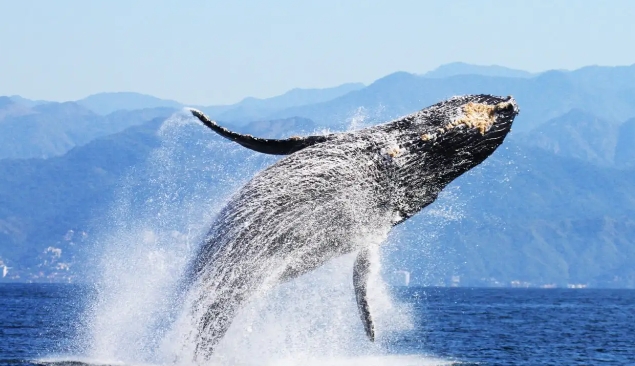
Feeding Habits
Despite their massive size, humpback whales are filter feeders that primarily consume tiny marine organisms such as krill and small fish. Using a feeding technique known as “lunge feeding,” they engulf large volumes of water and then filter out their prey using baleen plates in their mouths. This efficient method allows them to sustain their immense size while roaming the vast expanses of the ocean.
Social Behavior
Humpback whales are highly social creatures known for their complex vocalizations and group dynamics. They communicate with each other through a series of hauntingly beautiful songs, which are thought to play a role in mating rituals and establishing social hierarchies. These songs can travel for great distances underwater, adding to the mystique surrounding these magnificent marine mammals.
Conservation Status
Despite their awe-inspiring presence, humpback whales face numerous threats in today’s oceanic environment. From entanglement in fishing gear to habitat degradation and collisions with vessels, human activities pose significant risks to their survival. Conservation efforts aimed at protecting humpback whales and their habitats are crucial for ensuring their continued existence for future generations to admire and cherish.
In conclusion, the humpback whale is a true marvel of the natural world, captivating observers with its sheer size, grace, and beauty. From its remarkable migration patterns to its intricate social behaviors, this iconic marine mammal continues to inspire awe and fascination. By understanding and respecting these magnificent creatures, we can work together to ensure their survival and safeguard the health of our oceans for generations to come.

